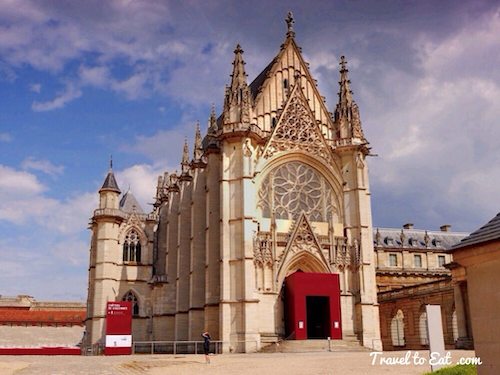
Founded in 1379, the Sainte-Chapelle (Holy Chapel), whose construction started just before the death of Charles V in 1380, was inaugurated only in 1552 under the reign of Henry II, after a long interruption of the building work starting at the beginning of 15th century. The Collège de Chanoines was set up in February 1380. The Sainte-Chapelle of Vincennes was intended to house part of the relics of the Passion, like the chapel of the Palais de la Cité in Paris. Through the construction of the Sainte-Chapelle, Charles V wished to turn Vincennes into a second capital of the kingdom, alongside the Palais de la Cité in Paris. The traditional old Parisian palace remained but, at Vincennes, in an appropriate and grandiose setting boldly asserting the ideology of a triumphant monarchy through its quality, opulence and décor, a new capital was envisioned but unfortunately never really realized.

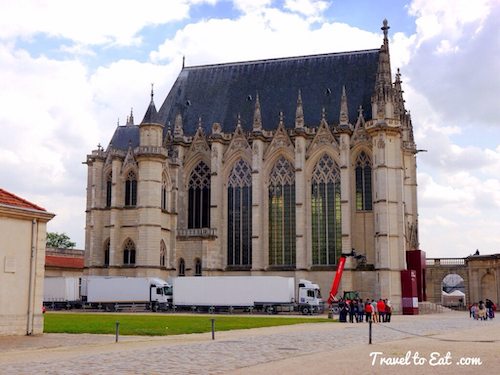
Across from the donjon is the Holy Chapel, or Sainte-Chapelle, founded in 1379 at the request of Charles V, continued by Francis I and completed in 1552 under the direction of Philibert de L'Orme during the reign of Henry II. Despite two centuries of construction, the chapel has a certain unity of style around the Gothic as evidenced by its lace comparable to dancing flames of stone. The exterior decoration dates mainly from the period 1390-1410. Unlike its Parisian counterpart, this Sainte-Chapelle is higher than one level. It is interesting to see how this building has evolved through the ages as it bears the monograms of François I, Catherine de Medici, Charles IX. Built in the traditional style of a castle chapel with a single nave and two oratories, Sainte-Chapelle de Vincennes is modeled in part after its more famous 13th century namesake located on the Île de la Cité in central Paris.

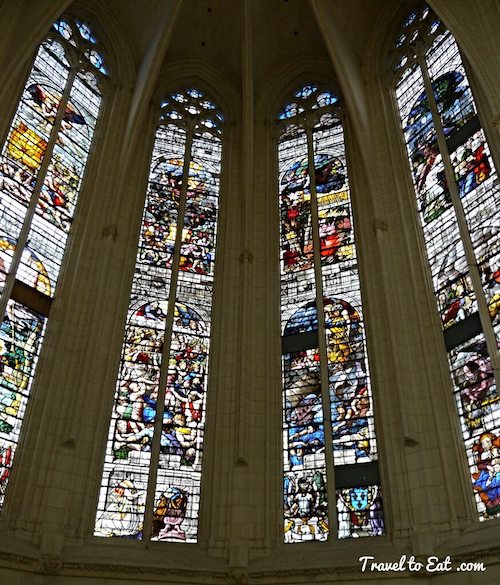
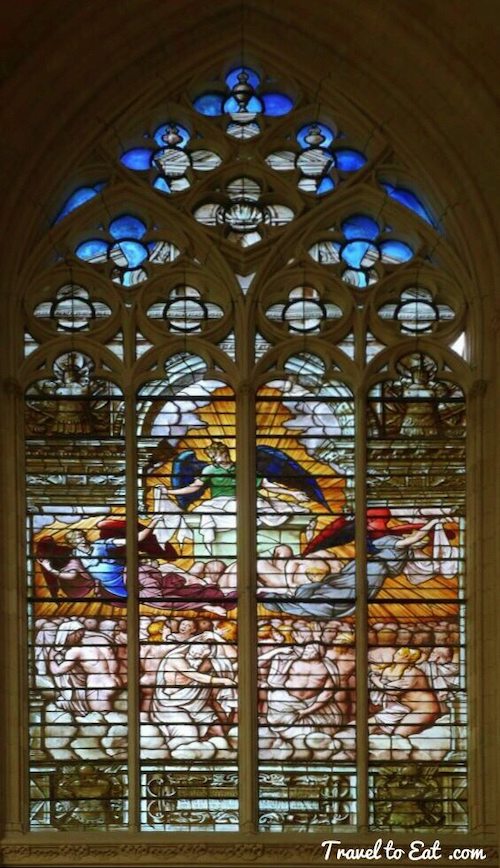
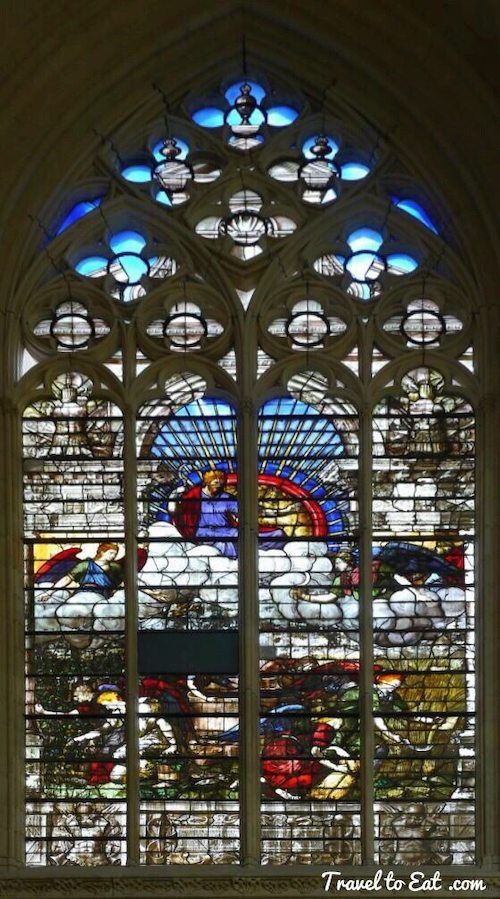
The stained glass windows of the choir, listed as a historical monument, were created and put up in 1555-1556 by the master glassmaker Nicolas Beaurain. The windows of the nave are of clear glass with colored borders, made after the Second World War and partly destroyed during the storm of December 1999. In 1793, during the French Revolution, the interior decoration was destroyed, the stained glass windows smashed and the Baptistery of Saint Louis (long held in the chapel's treasury and used from at least as early as Louis XIII as the baptismal font for children of the French royal family) moved to the Louvre Museum. As a result the chapel is no longer used as a church and is a little bare inside.

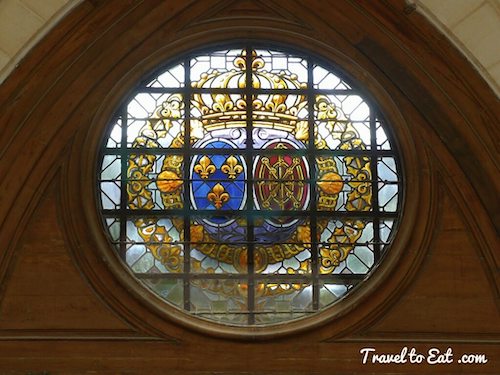

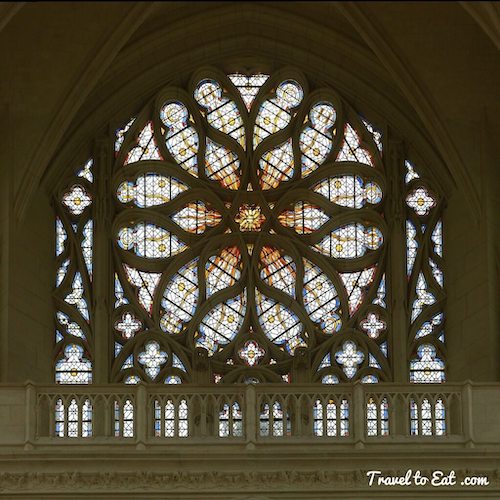
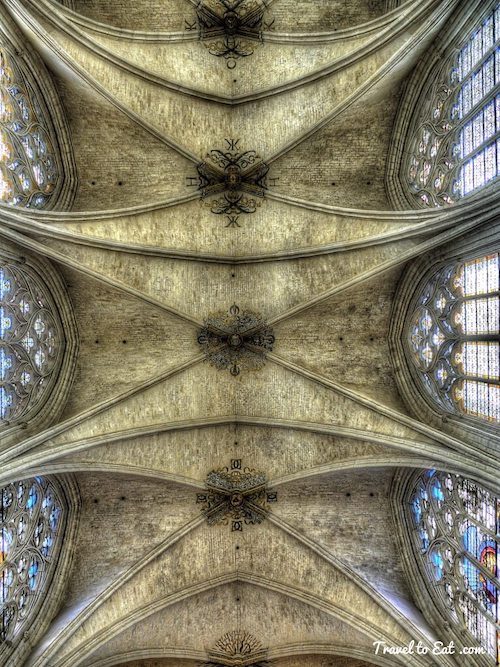
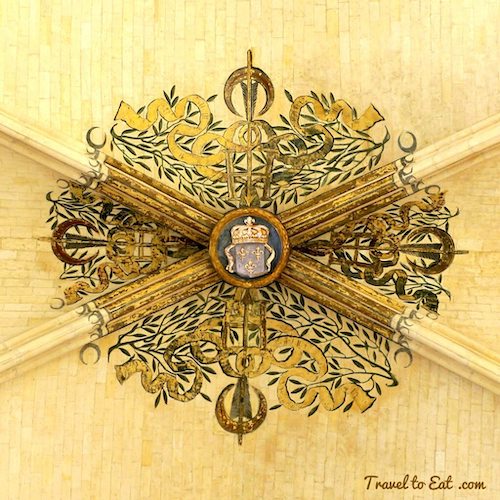
Charles Carmoys both painted the arches and decorated the initials H AND K (Henry II and Catherine de Medici) which are found on the ceiling. You will also find in the decor a crescent moon mixed with initials. It is also certain that these crescents were also on the stained glass windows which he also created based on drawings from the late 17th century. The moon was an allusion to two successive mottos of King Henry II, but also a discreet reference to the king's mistress, Diane de Poitier, whose symbol was the crescent moon. The two mottos were; Cum plena est, emula solis (when the moon is full, it is equal to the sun), Donec totem impleat orbem (until it fills the whole circle).
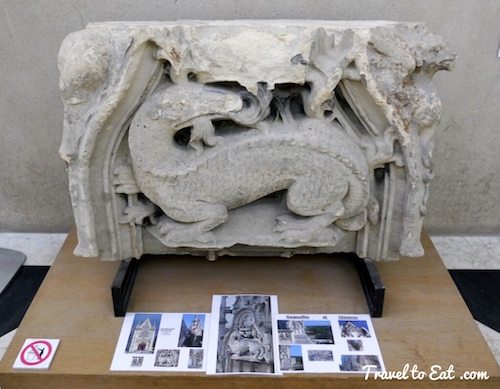
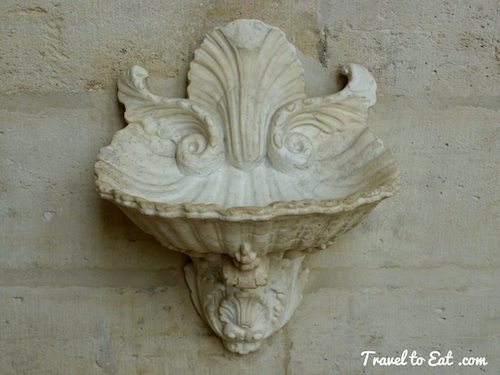
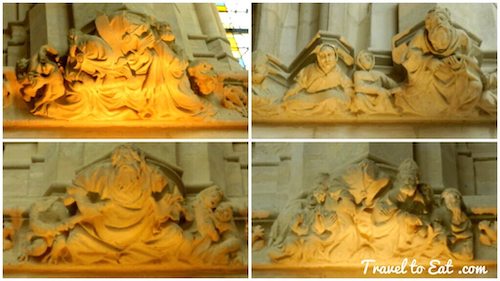

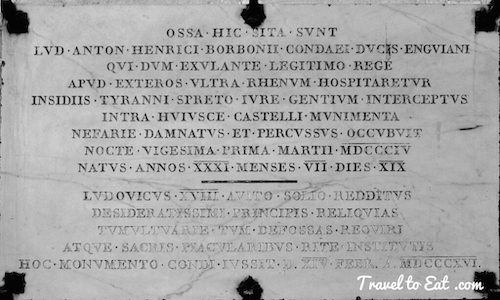
On March 20, 1804, in reprisal for a failed Royal assassination plot against Napoléon I, the Duke of Enghein was shot at Vincennes. The plaque reads; “Here lie the remains of Louis Antoine Henri de Bourbon Condé, Duke of Enghien, who during the exile of the legitimate King, while receiving hospitality in foreign lands beyond the Rhine, fell into the traps of the tyrant and was taken prisoner in disregard for the law of the people (and who), in this castle, was criminally condemned to death and shot in the night of March 20, 1804. On returning to the throne of his ancestors, Louis XVIII had the remains of this much-lamented prince, who had been precipitately interred, sought out, and after a solemnly celebrated expiatory service, had them placed in this monument in 1816.” In 1825, a funeral monument to the Duke of Enghien by Louis-André Deseine was commemorated and then moved from the nave by Napoléon III in 1852. The four figures represent Crime and France below and above they represent the Church and the Duke.
This post concludes my posts on The Château de Vincennes. I hope that on your next visit to Paris you will consider a visit to the Bois de Vincennes and the Château.
[mappress mapid=”19″]
References:
Vincennes Website: http://en.chateau-vincennes.fr/rubrique.php?ID=1002380
Coins of French Rulers: http://home.eckerd.edu/~oberhot/froy.htm
French Royal Monograms: http://commons.wikimedia.org/wiki/Category:Royal_monograms_of_France

